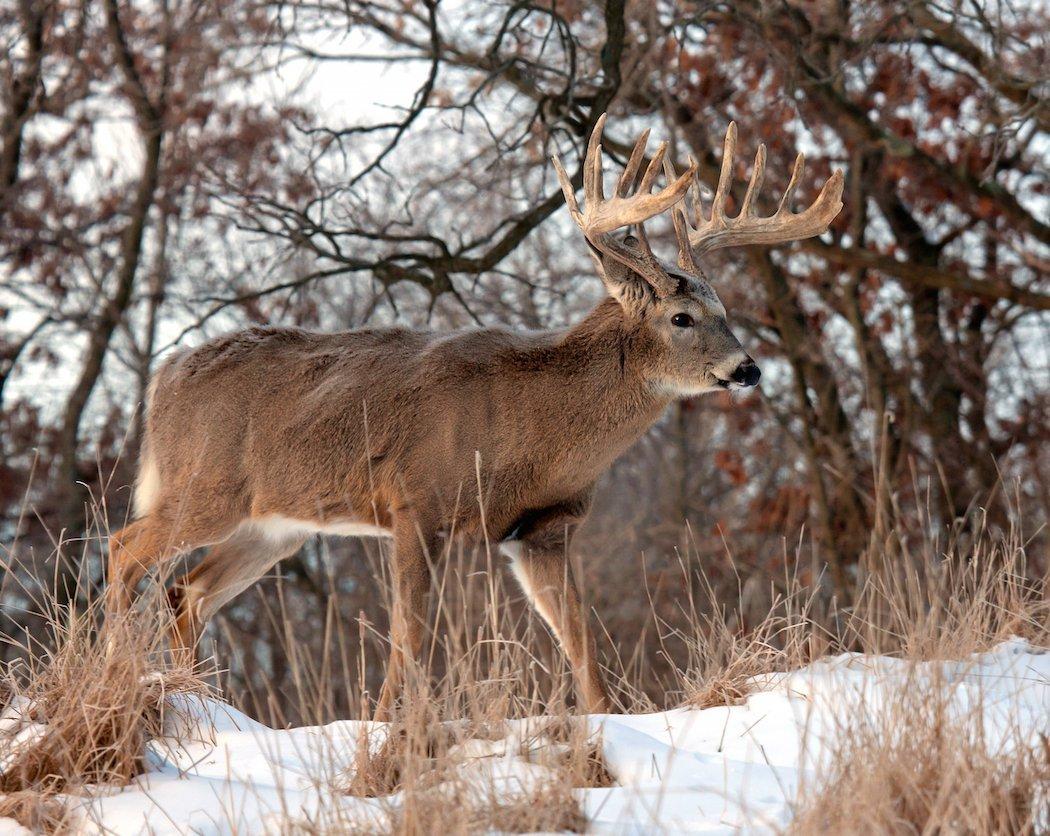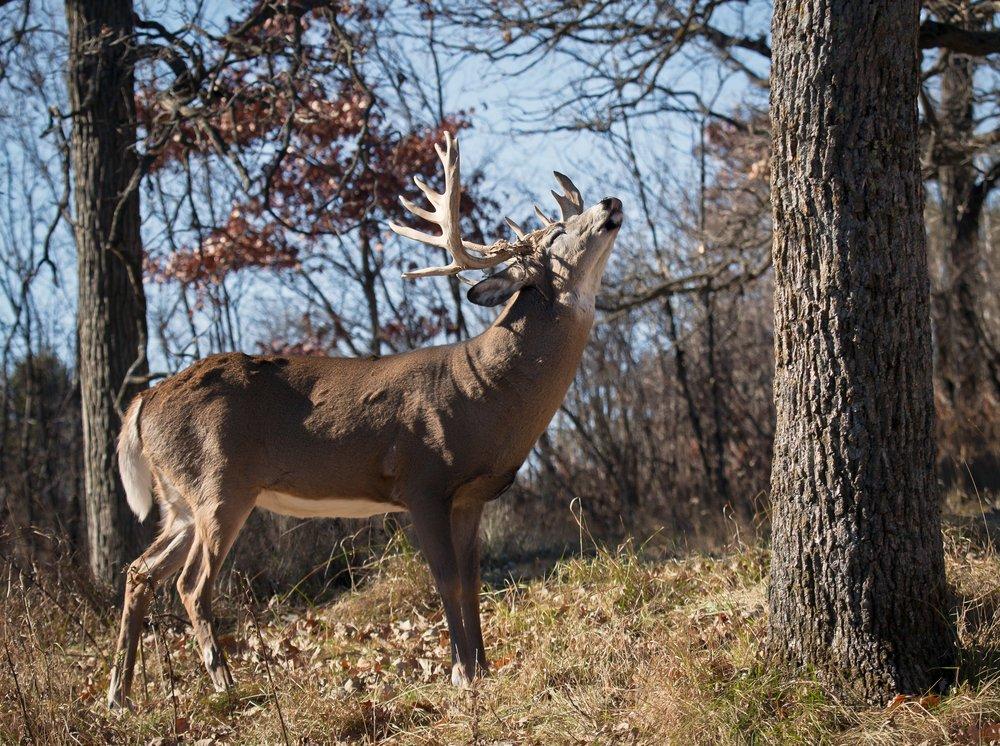The Last Two Decades Have Produced a Shift in the Data
Record deer data paints a picture of where the big whitetails have come from in the past, are coming from now, and will likely come from in the future. A few days ago, we released an in-depth review on where the biggest bucks are coming from now. Consider this Part 2. We're looking at the recent shift in record book entries and how things are different than they were 20 years ago.
The top 10 (all-time):
- Wisconsin: 1,770
- Illinois: 1,405
- Iowa: 1,291
- Minnesota: 1,168
- Kentucky: 1,009
- Ohio: 977
- Missouri: 851
- Kansas: 828
- Indiana: 739
- Texas: 731
The golden triangle used to be Iowa, Illinois and Wisconsin. And don't get me wrong, those state are still great. But they don't hold the top three spots, at least, not really. Sure, they still hold the all-time record for the most Boone and Crockett whitetail entries. (And Wisconsin is still No. 1 no matter how you slice the data.) But when you look at each state on a per-square-mile-of-total-land-mass basis (which takes away the size advantage a state can have), you see a more accurate set of data. Furthermore, when you just look at just the data entered in the last 10 years, you see where the biggest bucks are coming from now.
And before I tell you which states comprise the new triangle, I'll first tell you which ones don't. It's not Tennessee, despite the largest hunter-harvested non-typical whitetail coming from there. In fact, Tennessee barely makes it into the top 30 when you look at only the data from the last decade. It isn't Kansas, Missouri, Minnesota, Texas, Nebraska or Oklahoma, either. While all of these states rank in the top 20, they aren't the golden triangle I speak of.
The new golden triangle is Ohio, Indiana and Kentucky. Sure, Wisconsin is still No. 1. There's no changing or ignoring that. But when you're looking for a specific pocket or region of states that is producing here and now, the Bluegrass, Buckeye and Hoosier states are the new kids on the block. They're also the only three midwestern states (plus Oklahoma) that made an A in the 2018 Antler Nation grading.
The top 10 since 2008 (based on entries per square mile of total land mass):
- Wisconsin | 712 total entries | 0.01310 entries
- Ohio | 457 total entries | 0.01116 entries
- Kentucky | 418 total entries | 0.01052 entries
- Indiana | 368 total entries | 0.01026 entries
- Iowa | 354 total entries | 0.00633 entries
- Illinois | 331 total entries | 0.00595 entries
- Missouri | 301 total entries | 0.00436 entries
- Kansas | 322 total entries | 0.00393 entries
- Minnesota |293 total entries | 0.00368 entries
- Delaware| 6 total entries | 0.00307 entries
- Maryland | 27 total entries | 0.00276 entries
- Arkansas | 84 total entries | 0.00161 entries
- Mississippi| 69 total entries | 0.00147 entries
- Connecticut | 7 total entries | 0.00144 entries
- Michigan | 80 total entries | 0.00140 entries
- Nebraska | 106 total entries | 0.00137 entries
- Oklahoma | 94 total entries | 0.00136 entries
- Pennsylvania | 56 total entries | 0.00124 entries
- West Virginia | 29 total entries | 0.00120 entries
- Virginia | 46 total entries | 0.00116 entries
So why the change? I can't pretend to know. But I assume that decades of increased exposure and press has taken its toll on the more traditional midwestern states. Other states have received less coverage and therefore less hunting pressure. There certainly could be other factors in play, such as bag limits, disease and habitat. But we know certain things — such as genetics — remain constant.
Looking at specific bucks, the No. 2 non-typical since 2008 is Timothy Beck's buck from Huntington County, Indiana. It scored 303 7/8 inches and was taken in 2012. It ranks No. 3 all-time just behind Stephen Tucker's 312-inch Tennessee buck that was taken in 2016. Looking at typical whitetails, the 194 3/8-inch Davis buck from Ohio stands out from the crowd. It also was taken in 2016 and ranks No. 6 among bucks taken in the last 10 years. Twelve of the top 50 typical bucks taken since 2008 came from the new golden triangle. While 13 of the top 50 non-typical bucks taken since 2008 came from those three states.
So, what does the future of deer hunting look like? Who knows. But we know where the data seems to be shifting toward — along the Ohio River.
Don't Miss: How Managing for Older (Bigger) Bucks Helps the Entire Deer Herd | States That Haven't Produced a Non-Typical Booner in the Last 10 Years
Are you a deer hunter wanting to learn how to accomplish your goals? Check out our stories, videos and hard-hitting how-to's on deer hunting.








